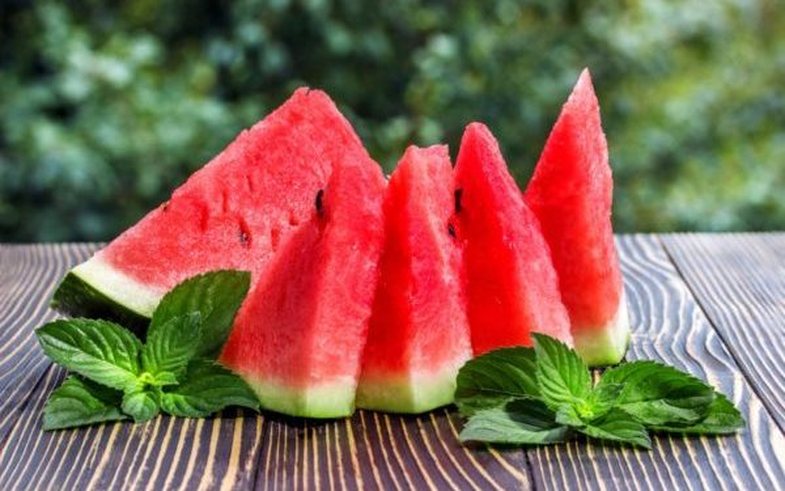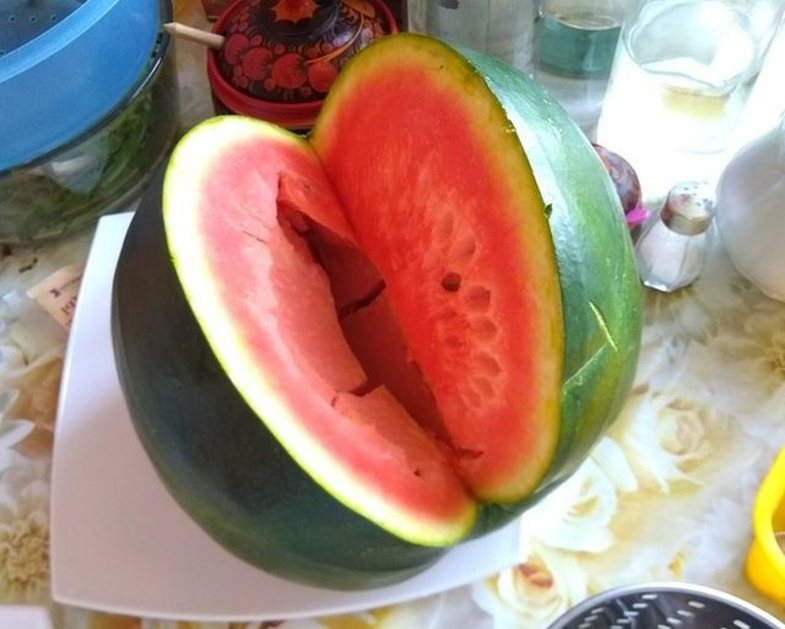
More than 90% of watermelon is water, which means it's a good moisturizer for hot summer days. In addition, it is rich in vitamin C, A, fiber and potassium. We are talking about a good watermelon. How do you know what you're going to buy or what you've bought?
Before you buy it:
Shape and sound: A good watermelon is mostly oval. Prick the skin of the fruit with your fingers; if the noise is muffled then it is ripe enough. If the noise is empty then it is overcooked.
Tail: It should not be dry, as this means that the watermelon was picked long ago. If the tail is soft and almost orange juice comes out of it, then it means that the fruit is fresh.
Skin: It should be less than one centimeter thick, as more indicates that the watermelon is still unripe. Do not hesitate if there are any yellow spots on the skin, as this is the area that stayed on the ground during growth.
Color: In the case of the skin, it is known that it should be green, while the inside is bright red. Also note the seeds, they should be black, as white seeds are indicative of an unripe fruit.
The scratch test: Try to remove some skin with your fingernail, if it comes off easily it means the fruit is correct and ripe.
Once you've purchased it:
1. The yellow skin (inside) is a sign of high concentration of nitrates: So when you cut the fruit, know that there should never be yellow skin or white lines inside.

2. Look for holes in the watermelon: Some people believe that these holes are nothing more than traces left by insects and not the presence of nitrates, but you, for your own good, stay away.

3. Do not eat the watermelon that has a big but hollow heart: In case the heart is empty or as we say "has fallen", this indicates that the fruit is overripe or contains hormones. If a very ripe watermelon can be only slightly bitter and that's it, a watermelon that has hormones can cause poisoning. This is the reason why you should never consume the fruit if it is in such a state.

4. Put a part of the heart in water, just before consuming the fruit: With a little trick, you can easily check the percentage of nitrates in the watermelon. Take a container and fill it with water at room temperature. Leave it for a while and in case the water has turned a light pink color, throw the watermelon away without thinking twice.








